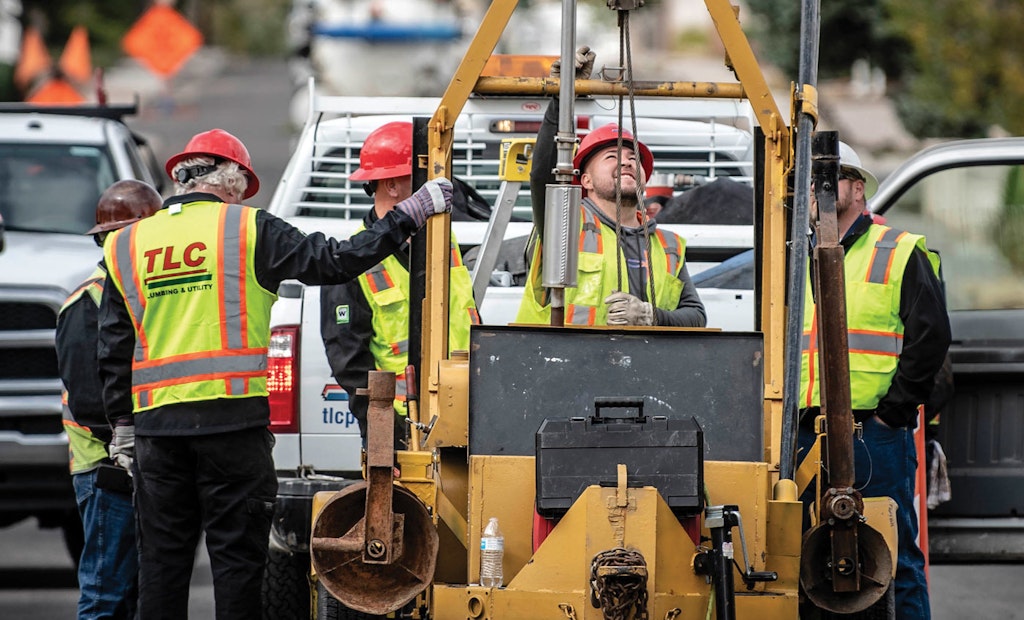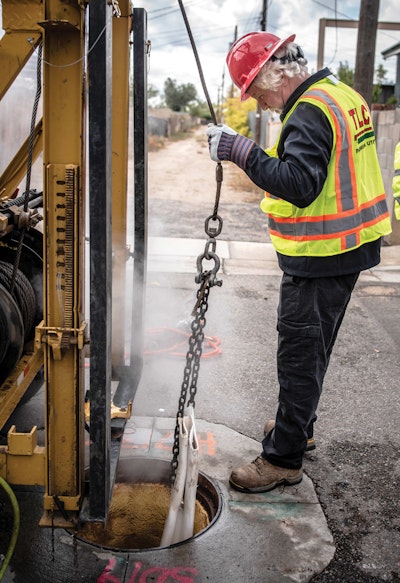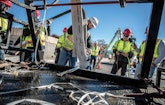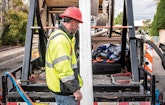
A TLC Plumbing crew pulls a new section of Thermoform pipe into place during part of a three-month-long project replacing deteriorated sewer main for the Albuquerque (New Mexico) Water Utility Authority.
It’s hard to imagine that TLC Plumbing & Utility — with nearly 560 employees, hundreds of service vehicles and a sprawling fleet of equipment — began in 1987 with just one worker: founder Dale Armstrong.
The company’s dramatic transformation into a multimillion-dollar-a-year...












